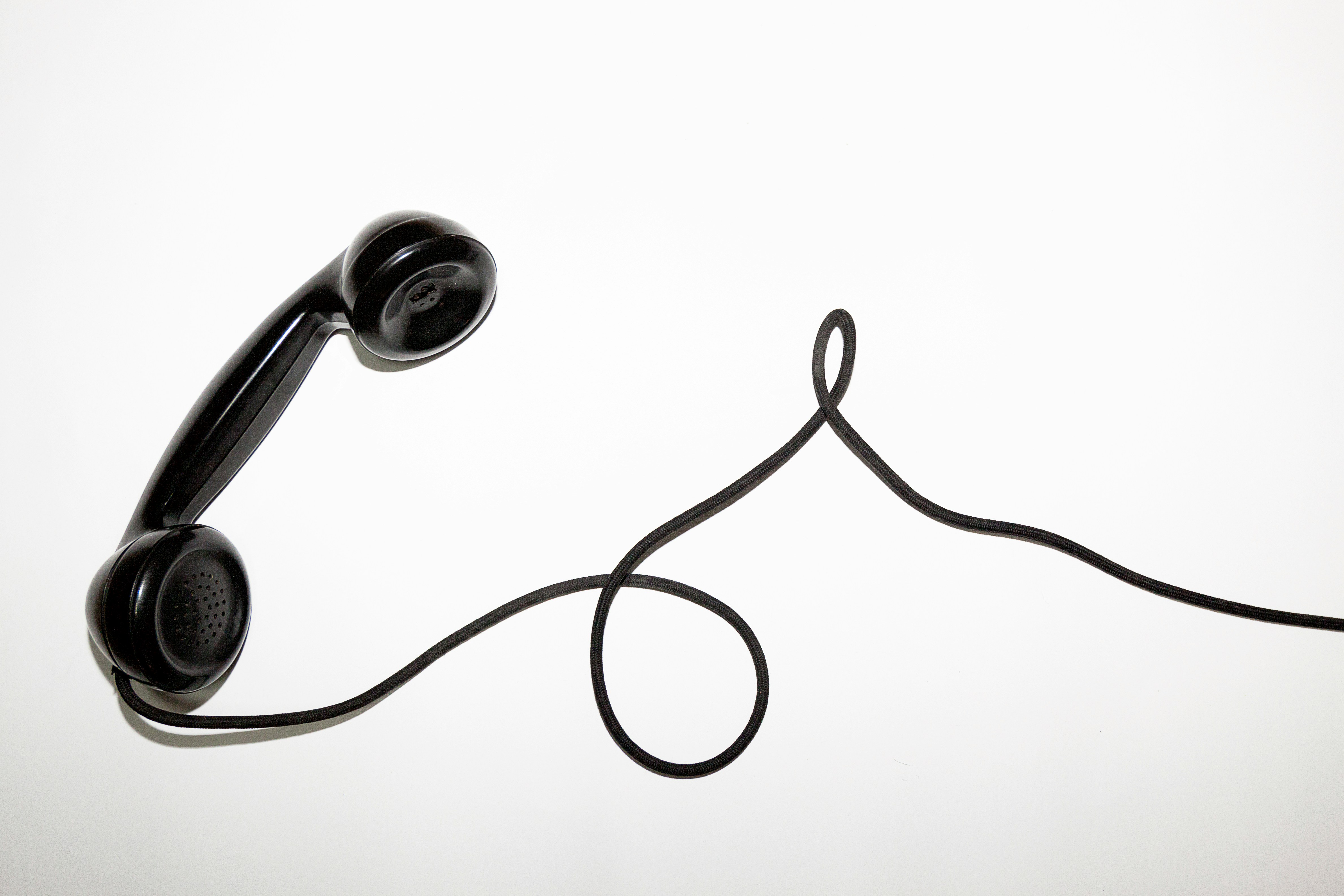If you’re preparing for a customer service quality assurance (QA) interview, it helps to know what questions to expect and how to frame your experience. QA ensures consistent, high-quality support and helps teams meet compliance, efficiency, and customer satisfaction goals.
This guide covers 20 common interview questions, what interviewers are looking for, and tips to craft strong, relevant answers.
Understanding the Role of a Customer Service QA Analyst
A Customer Service QA Analyst monitors customer interactions, evaluates service quality, pinpoints areas for improvement, and ensures agents follow policies and standards. The role blends analytics, coaching, and process improvement to elevate the customer experience.
For a deeper overview of the role, read Understanding the Role of a Customer Support Quality Assurance Analyst: Maximizing Customer Satisfaction.
Top 20 Interview Questions and How to Answer Them
-
Can you describe your experience with quality assurance in customer service?
Tip: Highlight roles, scope, evaluation methods, and outcomes. Use concrete examples.
Sample answer: In my previous role as a QA Specialist at XYZ Corporation, I monitored calls and chats, scored interactions against our rubric, coached agents, and reported trends. I also created a QA checklist that increased compliance by 25% within two quarters.
-
Why is quality assurance important in customer service?
Tip: Connect QA to customer satisfaction, operational efficiency, compliance, and business results.
Sample answer: QA drives consistent service, reduces repeat contacts, and safeguards compliance. The result is higher CSAT and loyalty, lower costs, and fewer escalations—directly supporting retention and revenue.
-
What key metrics do you use to measure customer service quality?
Tip: Mention a balanced set of KPIs and why they matter.
Sample answer: I track First Contact Resolution (FCR), Customer Satisfaction Score (CSAT), Net Promoter Score (NPS), QA rubric scores, and compliance. Together, they show whether we’re resolving efficiently, meeting expectations, and following standards.
-
How do you develop a quality assurance checklist?
Tip: Tie checklist criteria to company goals, customer journeys, and risk areas.
Sample answer: I align criteria to service objectives and policies—covering greeting, discovery, resolution, empathy, compliance, and documentation. I pilot the checklist with stakeholders, calibrate with sample reviews, and iterate based on outcomes.
-
Can you give an example of using data to improve customer service quality?
Tip: Describe the signal you saw, the action you took, and the measurable impact.
Sample answer: At ABC Inc., CSAT dipped during peak hours. By analyzing handle time and volume patterns, we adjusted schedules and introduced short macros and templates. Response times improved and CSAT rose 15% in six weeks.
-
How do you stay current on customer service and QA trends?
Tip: Reference credible sources, communities, and ongoing learning.
Sample answer: I follow industry blogs and newsletters, attend webinars, and participate in QA communities. I also complete periodic training and certifications to sharpen skills in coaching and analytics.
-
Describe a time you addressed a difficult customer interaction during a QA review.
Tip: Show empathy, coaching, and a learning mindset.
Sample answer: I reviewed a call with an irate customer where de-escalation was missed. I coached the agent on empathy statements and pacing, then we role-played. Subsequent reviews showed higher QA scores and fewer escalations.
-
How do you ensure unbiased feedback in QA evaluations?
Tip: Emphasize standardization and calibration.
Sample answer: I use a standardized rubric, conceal agent identities during calibration, and conduct regular cross-review sessions to align scoring. This keeps evaluations consistent and fair.
-
What software tools are you familiar with for QA?
Tip: Mention QA platforms and relevant support tools.
Sample answer: I’ve used Quality Agent for AI-powered QA checklists and coaching insights, plus platforms like Zendesk and Help Scout for interaction monitoring and reporting.
-
How do you provide constructive feedback to agents?
Tip: Focus on clarity, specifics, and support.
Sample answer: I schedule 1:1s, start with strengths, and discuss 1–2 targeted improvements with examples and call clips. We co-create an action plan and follow up with short, timely nudges.
-
What’s the difference between quality assurance and quality control?
Tip: Define each and why both matter.
Sample answer: QA is proactive—standards, processes, and coaching to prevent issues. QC is reactive—spot-checking interactions to detect defects and inform improvements. Effective programs use both.
-
How would you handle resistance to QA processes?
Tip: Use empathy, transparency, and collaboration.
Sample answer: I explain the “why,” share data that connects QA to outcomes agents care about, invite feedback on the rubric, and incorporate their input. Involving agents builds trust and buy-in.
-
How do you train new agents on quality standards?
Tip: Blend training methods and reinforce with practice.
Sample answer: I combine onboarding workshops, shadowing, sample call reviews, and micro-learnings. New hires get early, frequent feedback and calibration sessions to internalize standards quickly.
-
How do you align QA metrics with business goals?
Tip: Translate QA outcomes to retention, revenue, and risk reduction.
Sample answer: I map QA metrics like resolution quality and empathy to drivers of retention and cross-sell, and compliance to risk mitigation. I present trend reports with business impact to leadership.
-
What strategies do you use to improve underperforming agents?
Tip: Be specific about goals, timelines, and support.
Sample answer: I identify skill gaps, set SMART goals, provide targeted coaching and resources, and review progress weekly. If needed, I pair agents with mentors and adjust workflows to reduce friction.
-
How do you handle confidential information during QA evaluations?
Tip: Reference policy adherence and secure practices.
Sample answer: I follow company privacy policies, restrict access to recordings and notes, and store data securely. Sensitive details are redacted, and materials are shared only with authorized stakeholders.
-
Describe a time your QA initiative improved customer satisfaction.
Tip: Quantify the outcome.
Sample answer: We added empathy and root-cause prompts to our checklist and coached on active listening. Within a quarter, QA scores rose 18% and CSAT improved 20% for complex inquiries.
-
How do you prioritize which interactions to evaluate?
Tip: Balance risk, coverage, and development needs.
Sample answer: I use stratified sampling across channels and priorities: high-value accounts, complex cases, compliance-sensitive topics, new agents, and a random sample for coverage.
-
What are the biggest challenges in customer service QA today?
Tip: Address evolving expectations, scale, and data quality.
Sample answer: Keeping up with changing customer expectations and scaling reviews is challenging. Leveraging AI-enabled QA tools helps automate scoring, surface insights faster, and focus coaches on high-impact feedback.
-
Why do you want to work with our company as a Customer Service QA Analyst?
Tip: Align your experience and aspirations with the company’s mission and customers.
Sample answer: Your focus on customer-centricity and continuous improvement matches my background in data-driven coaching and process design. I’m excited to help elevate service quality and translate those gains into measurable business impact.
Final Preparation Tips
- Research the company: Learn their products, customers, and support philosophy.
- Review the job description: Map your examples to the specific responsibilities and KPIs listed.
- Prepare thoughtful questions: Clarify expectations, success metrics, tooling, and coaching culture.
Confidence comes from preparation.


